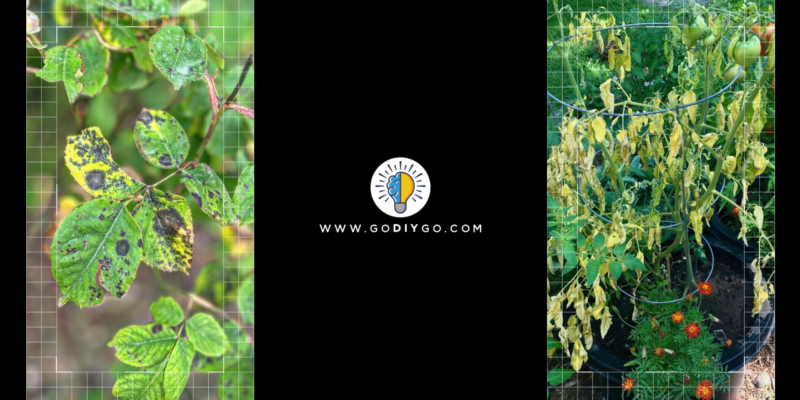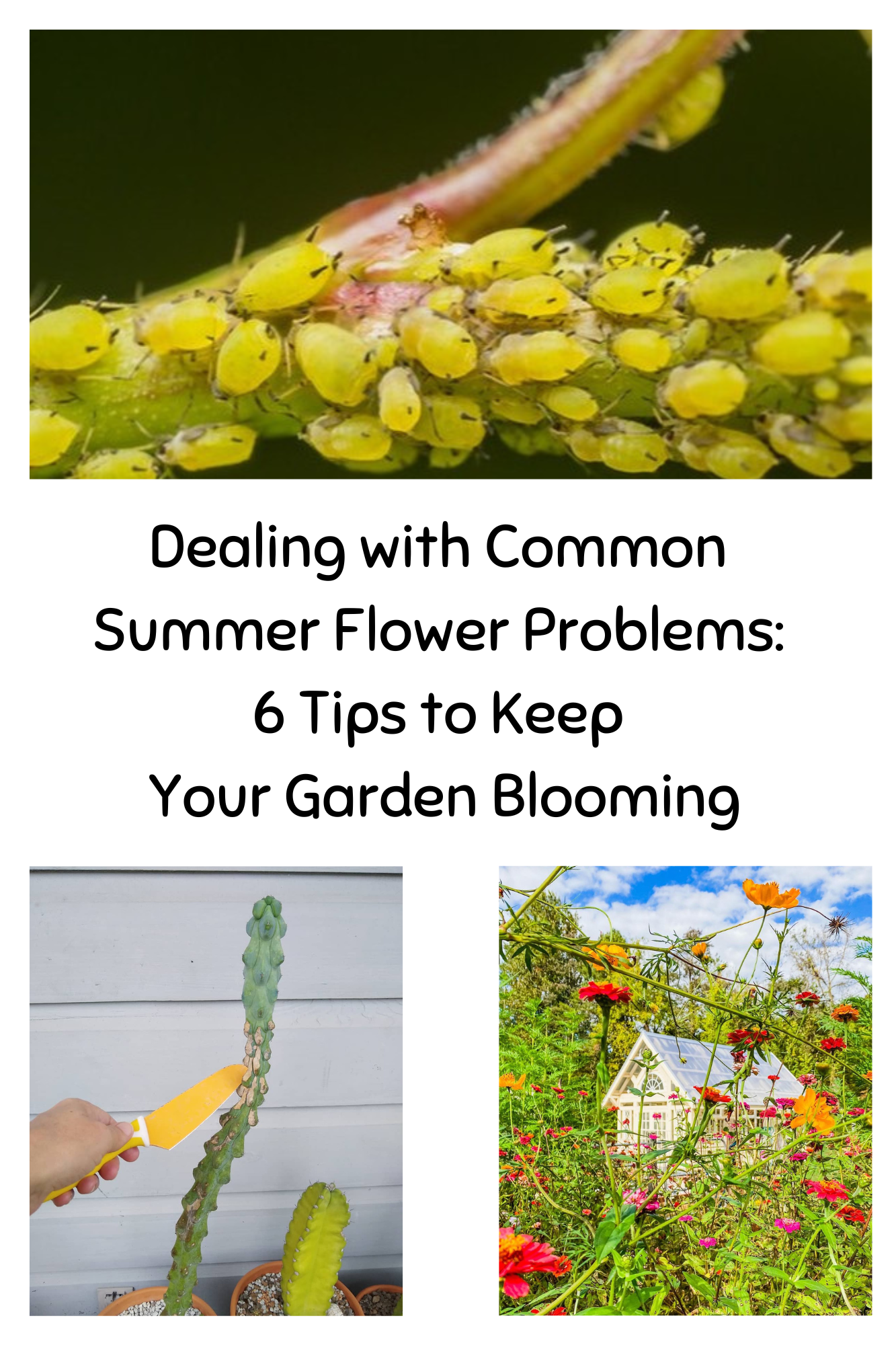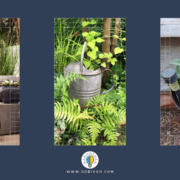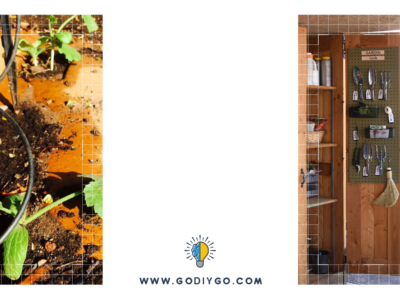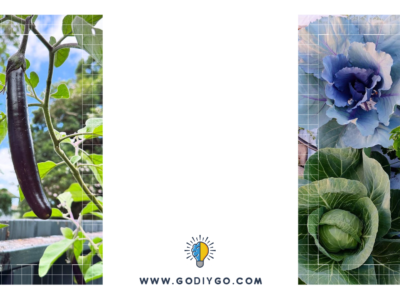Ah, the enchanting allure of summer flowers gracing our gardens with their vibrant hues and delicate petals is simply magical. Yet, amidst their beauty, lies the challenge of tending to their needs as they encounter common hurdles along their blossoming journey. Here are some insightful tips to navigate through these challenges and ensure our floral companions thrive under the summer sun.
1. Wilting due to heat
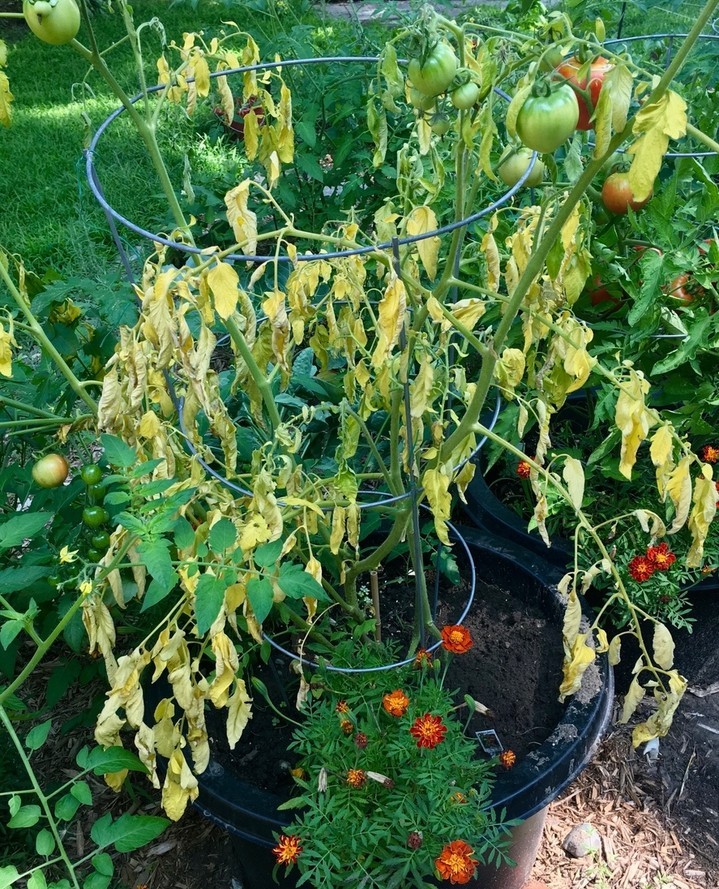
Wilting plants remind us that even in their struggle, there’s an opportunity for care, revival, and renewed growth. Wither from @ gardeningknowhow
When the summer sun turns up the heat, your flowers might start drooping from dehydration. A simple trick to beat the heat is watering deeply either in the morning or evening. This helps your plants soak up the moisture before the scorching midday sun hits. Another cool hack? Lay down a cozy blanket of mulch around the roots. It acts like a moisture-locking shield, keeping the soil nice and damp for your thirsty blooms.
2. Pests
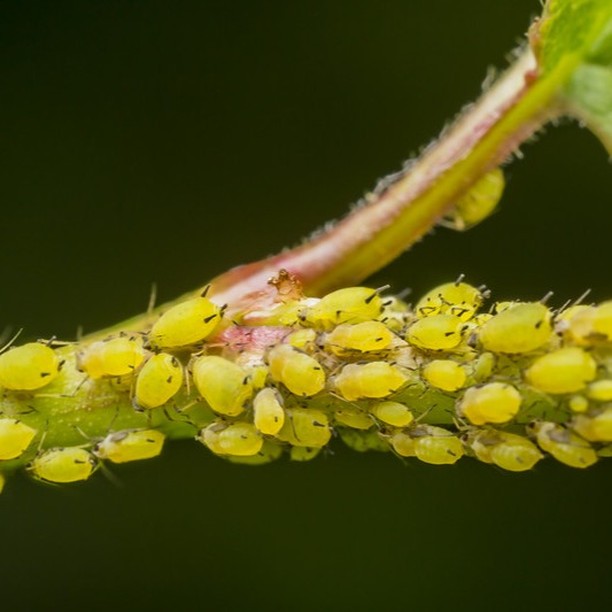
Encountering pests in the garden is a reminder of nature’s balance, prompting us to find harmony and sustainable solutions for our plants. Pest from @ harvest_to_table_com
When pesky critters like aphids, spider mites, or caterpillars invade your summer flower haven, it’s time to take action. Keep a close eye on your plants, scanning for telltale signs of infestation like nibbled leaves or sticky residue. Fight back with nature’s remedies, like neem oil spray or insecticidal soap, which can give those pests a proper eviction notice. Alternatively, call in the cavalry of beneficial bugs like ladybugs or lacewings—they’re the garden heroes that feast on those troublesome invaders, keeping your flowers safe and sound.
3. Diseases
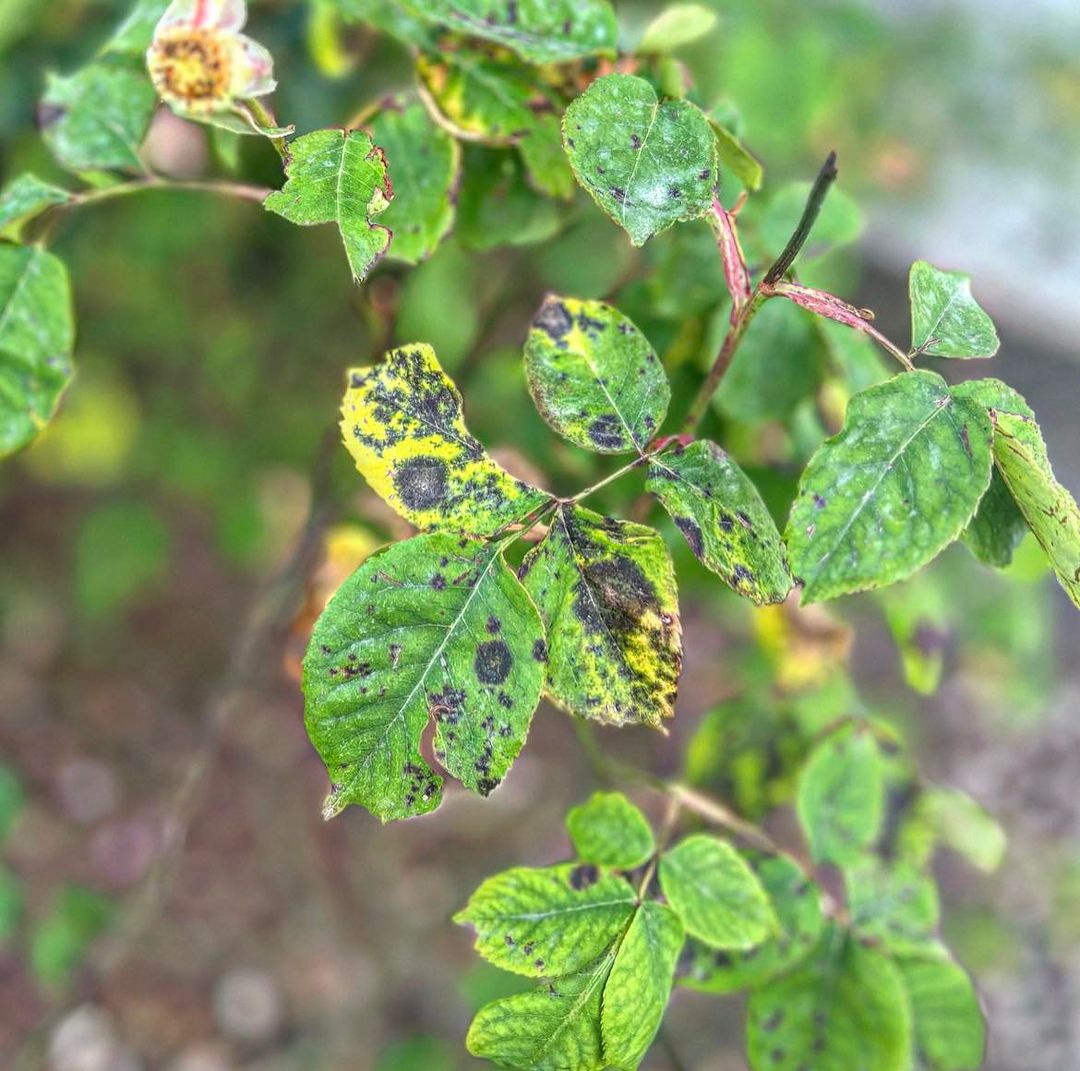
Black spot disease challenges gardeners to nurture resilience and adaptability in their plants, transforming setbacks into lessons in care. Black spot disease from @ plantpathologycy
When it comes to fungal foes like powdery mildew and black spot targeting your summer flowers, prevention is key. Skip the overhead watering, as it can create a cozy environment for fungi to thrive on damp foliage. Instead, aim your watering can at the base of your plants to keep those leaves nice and dry. But if you do spot signs of infection, like discolored or spotted leaves, don’t hesitate to spring into action. Prune away the affected parts pronto and dispose of them properly to stop the infection from spreading like wildfire through your garden.
4. Nutrient deficiencies
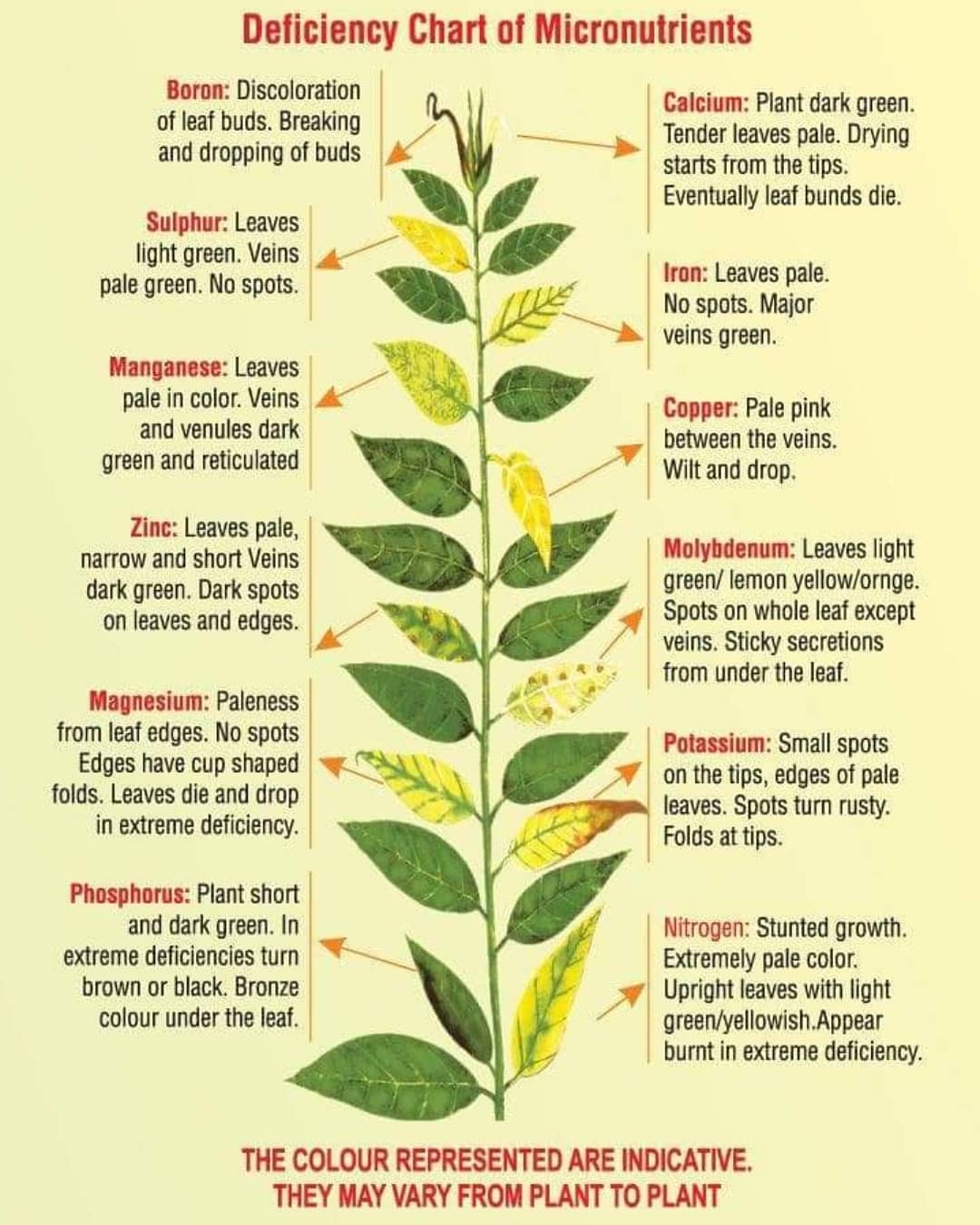
Nutrient deficiency in plants teaches us the importance of balanced nourishment, guiding us to enrich our soil and support robust growth. Deficiency chart of micronutrient from @ urban.farm.it
If your summer flowers seem to be dragging their petals and lacking their usual pizzazz, it might be a case of nutrient deficiency. Give them the boost they need by starting with the basics: nutrient-rich soil. Then, keep the goodness flowing with regular doses of balanced fertilizer. Think of it as a gourmet meal for your plants, ensuring they get all the essential nutrients they need to grow big, strong, and bursting with vibrant blooms.
5. Overcrowding

If you’ve got extra plants, no worries—just find them a new spot where they can spread out and strut their stuff without stepping on anyone’s toes. Abandon garden from @ verdefarm
Sometimes, in our enthusiasm for floral abundance, we can go overboard and create a bit of a traffic jam in our gardens. When flowers are too close together, it’s like a crowded dance floor—they’re competing for space, light, and nutrients, which can stunt their growth and dull their blooms. Give your blossoms some breathing room by thinning out the overcrowded areas. It’s like giving them VIP access to the garden party!
6. Sunburn
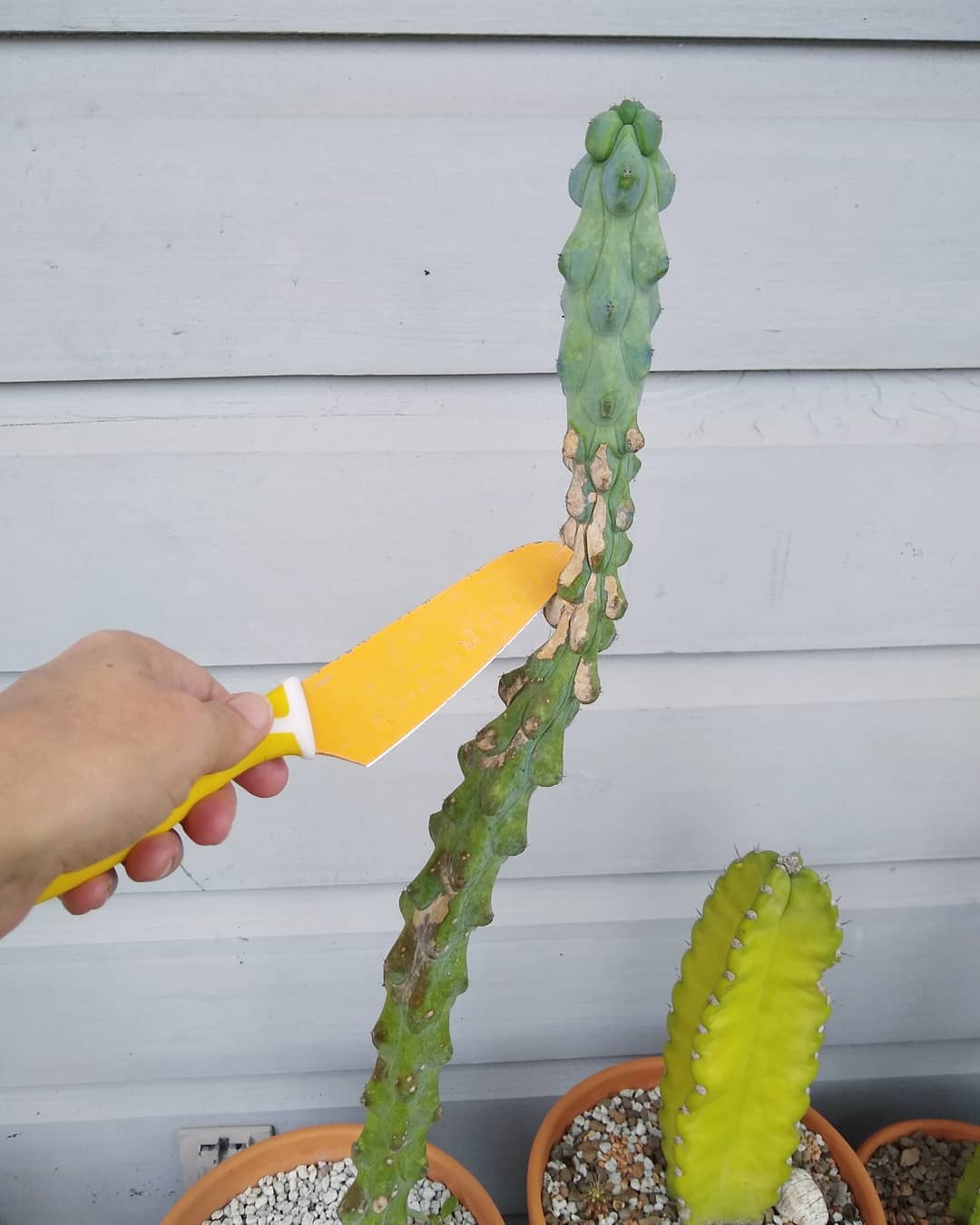
Too much sun can leave your garden’s greenery scorched and struggling, reminding us that even plants can get sunburned. Sunburn from @ sucsforyou
Plants are sun-sensitive creatures too, and just like us, they can get a nasty sunburn if they’re exposed to too much intense sunlight, especially during those scorching heatwaves. If you spot any signs of sunburn—like leaves that look scorched or are turning yellow—it’s time to offer them some shade. Think of it like giving your plants a cool umbrella to shield them from the harsh rays. You can use shade cloth or strategically position umbrellas to give them a break until the heatwave calms down. Your plants will thank you for the relief!
By keeping an eye out for these common issues and tackling them quickly, you can ensure your summer flowers thrive and keep bringing joy to your garden throughout the season.


